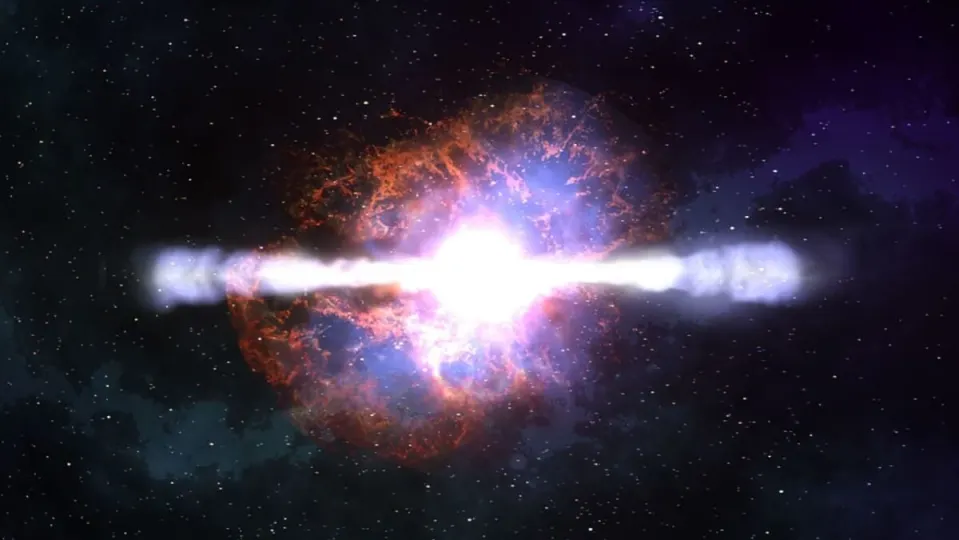It seems that every time astronomers manage to understand a cosmic phenomenon, the universe responds with another enigma that is almost impossible to comprehend or answer. Such is the case we have here today.
The ancient and reliable Hubble telescope has detected a strange burst of light in a region of space where there seemed to be nothing that could cause an explosion.
A few years ago, astronomers officially described a new type of explosion in space: Fast Blue Optical Transients (FBOT for short), or simply FBOT.
That name is quite descriptive of what they are: very bright flashes of light in the optical part of the spectrum, which tend to shine intensely in blue wavelengths before fading away within a matter of days.
A mysterious origin due to a supernova
Only a few examples of FBOT have been identified in data dating back to 2016, but based on their common characteristics, astronomers had started to develop a list of hypotheses about their origin.
The leading candidate was an uncommon event called a core-collapse supernova, which occurs when a giant star exhausts its fuel supply and explodes under its own gravity.
But then a new FBOT appeared that turned everything upside down. Designated as AT2023fhn and nicknamed the Finch, this event was discovered by the Zwicky Transient Facility (ZTF) telescope on April 10, 2023, and at first glance, it had all the usual features.
It was bright, blue, and faded away over the course of days. An analysis of its spectrum conducted by the Gemini South telescope estimated its temperature to be 20,000°C.
Only when the Hubble took a look, everything became clear. When the iconic telescope determined its location in space, it became evident that the usual hypotheses were not valid.
All previous FBOTs had been found within galaxies where active star formation was taking place, but the Finch appears to be drifting on its own in intergalactic space, at least 15,000 light-years away from the nearest galaxy.
Giant stars that die in core-collapse supernovae don’t last very long, so they shouldn’t have had enough time to drift in such isolated space.
Astronomers are considering other explanations
Astronomers are considering other possible explanations, including a star being torn apart by a mid-sized black hole or a collision between two neutron stars.
If one of these neutron stars is a highly magnetized version, known as a magnetar, it could increase brightness by 100 times more than a normal supernova.
The team suggests that follow-up observations from the James Webb Space Telescope could reveal new clues. For instance, the explosion might originate from a globular star cluster situated in the outer halo of a nearby galaxy, which would lend more weight to the black hole hypothesis.


